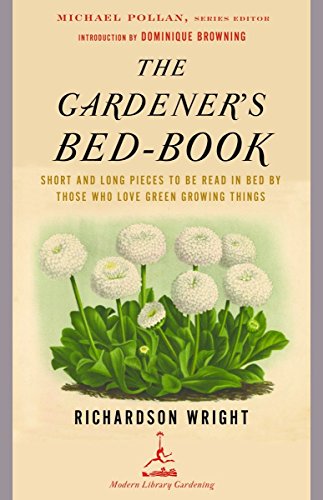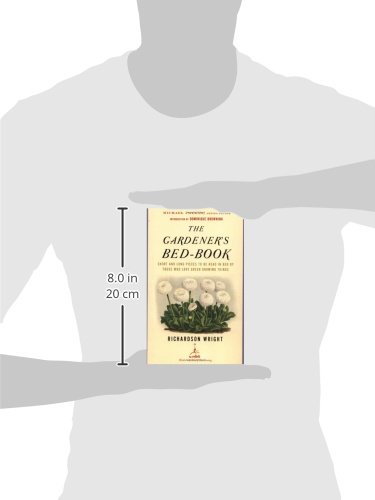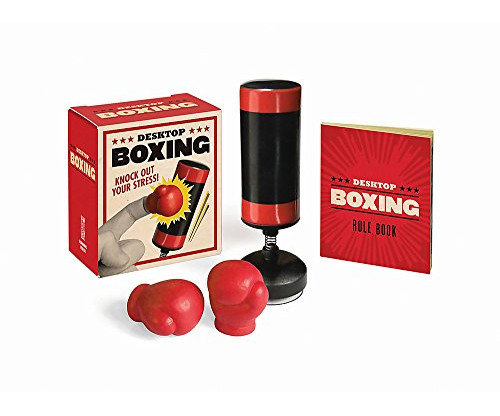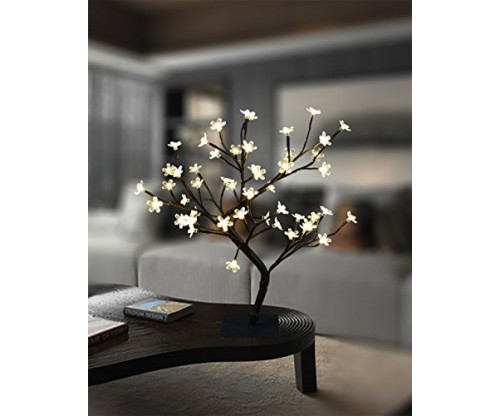The Gardeners Bed Book
If you have a friend or relative who is a gardener and wants a book to read in bed just before dropping off to sleep you should seriously consider buying this one as a gift for them. They don’t even need to be a gardener to appreciate this book; all they need is to have an interest in many various topics like the author in order to gain the most from this clever little book.
The Gardener’s Bed-Book written by Richardson Wright was first published in 1929 and apart from a few racial and gender based comments that would not be acceptable in this era, it is a very cleverly written and humorous book.
Detailed information about The Gardeners Bed Book
The author was an editor of the House and Garden magazine in the 1920s and 1930s and this book became a very popular classic for members of the upper middle classes. The book consists of 365 little essays, one for every night of the year, that are meant to be read and enjoyed after a hard day in the garden, either real or imaginary. The author’s style of writing is so mischievously funny and varied that the reader can move from ordinary gardening advice to antique collecting, travel, architecture and classic literature within the space of a few pages.
His style is addictive to the avid reader who will delight as much in his tips on the difficulties of growing poppies to his comments on doing the housework. The Gardener’s Bed Book is written in language that bridges the gap between the privilege of the wealthy classes of the 1920s and today’s enthusiasm for political correctness. As said earlier, there are a few comments that would be frowned upon in today’s world but were quite acceptable in the author’s day.
This is a cute little book that anyone can read
The book is witty and yet strangely innocent. This is probably a product of the era in which it was written
Fun to read and one essay for every night of the year
There are a few racial and gender based comments which may upset some readers. But as long as you remember that this book was written in the 1920s, you should be able to gloss over them as a product of the era and enjoy the author’s style.
This book will appeal to those who find gardening to be their reason for living and those who just have a passing acquaintance with the hobby.




























